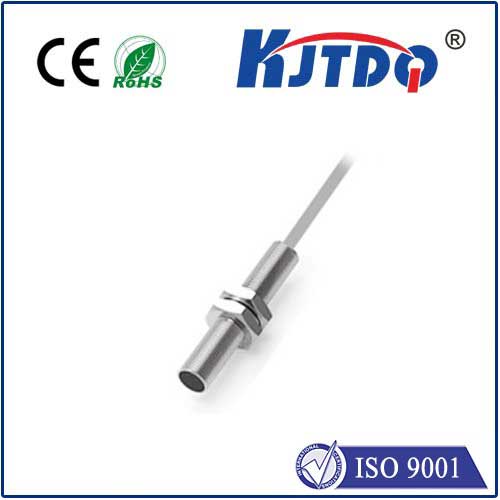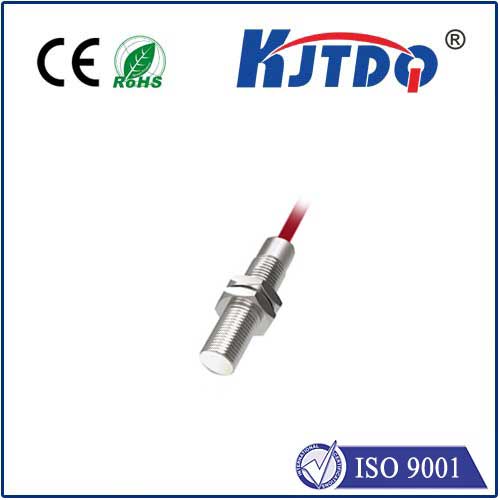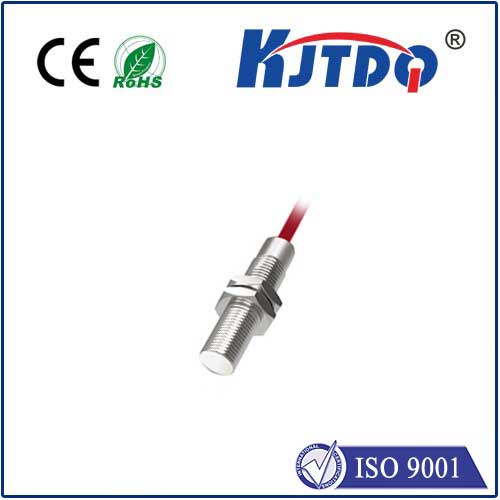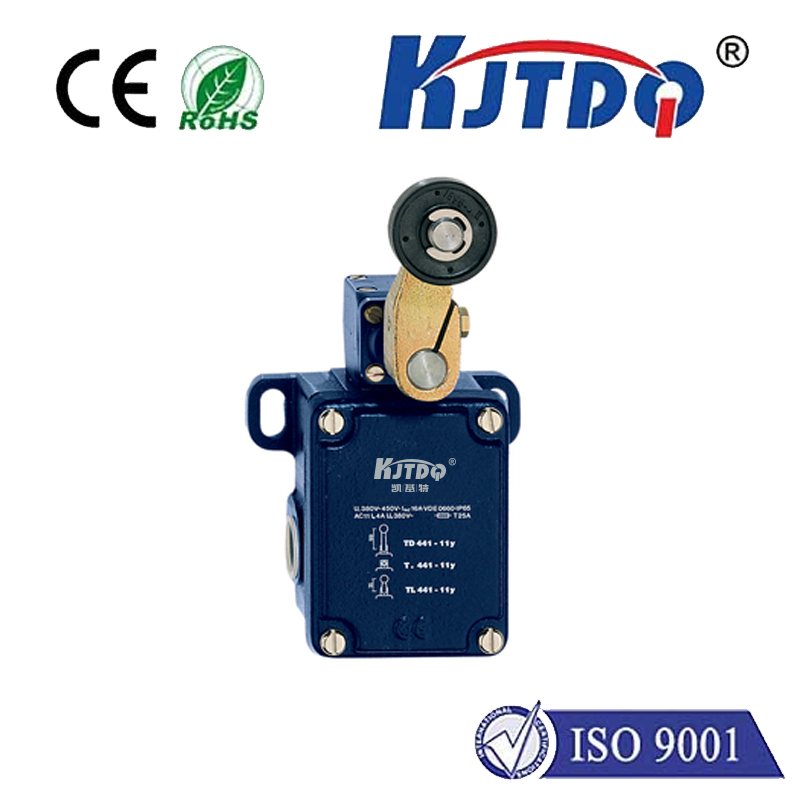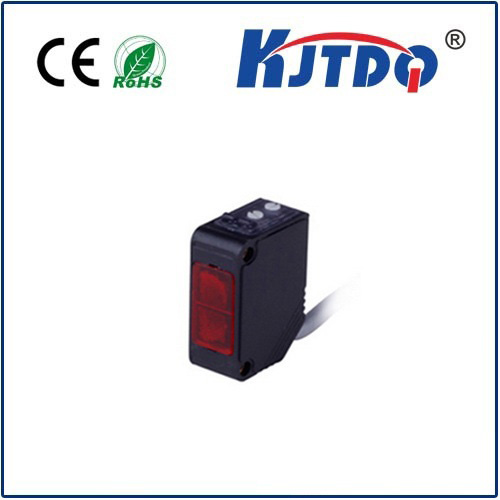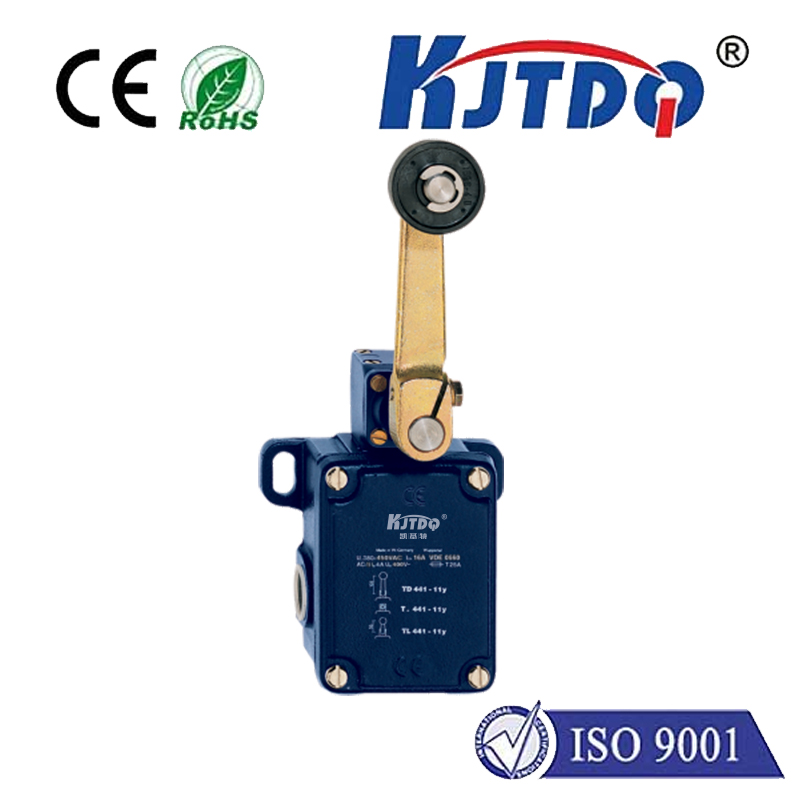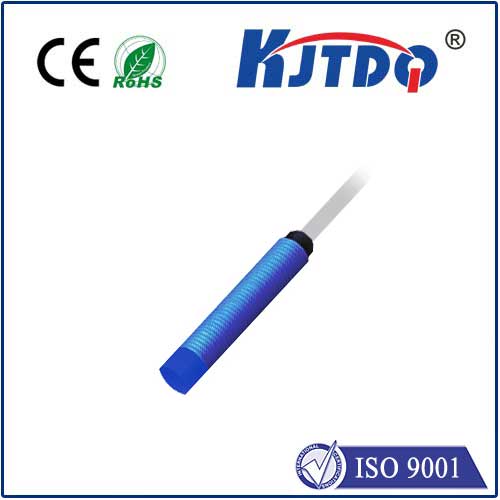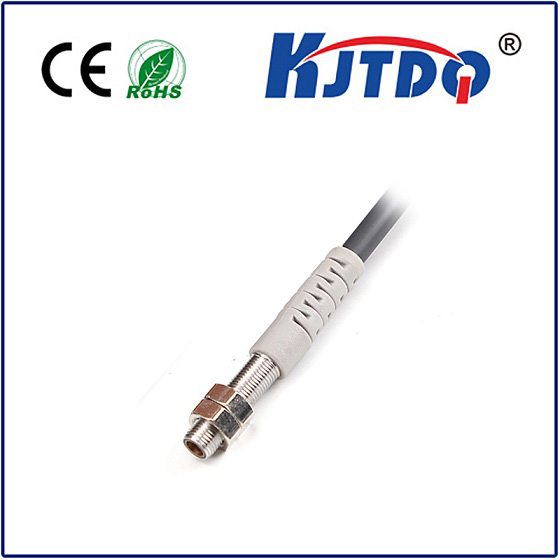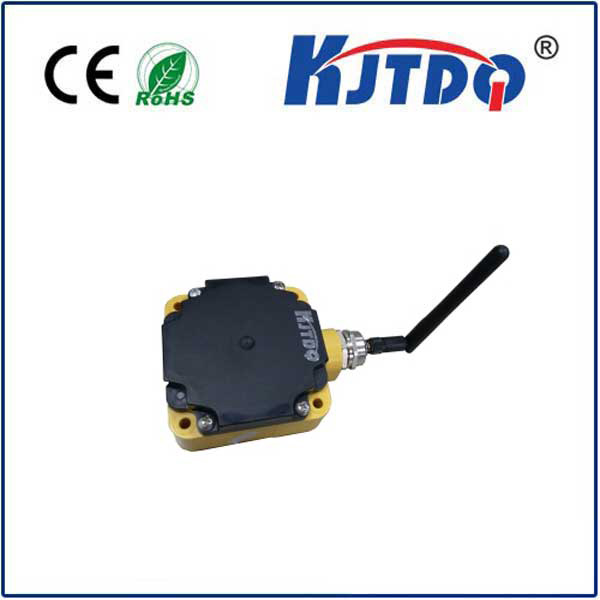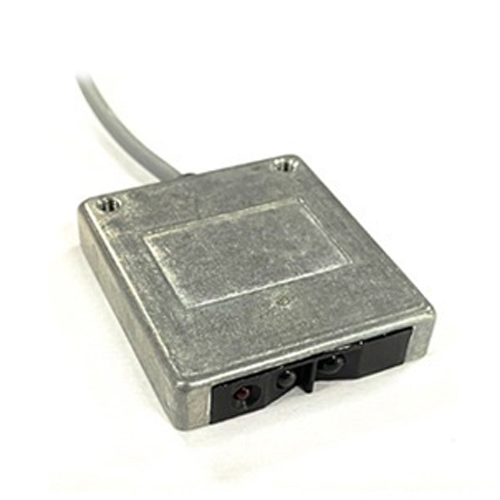photocell relay switch
- time:2025-07-24 02:07:42
- Click:0
Smart Light Control: How Photocell Relay Switches Automate Your World
Imagine lights that turn on at dusk and off at dawn, completely on their own. Think of security lamps activating only when darkness falls, saving energy and deterring intrivers. This isn’t magic; it’s the reliable, efficient work of photocell relay switches. These fundamental yet powerful devices bring seamless automation to countless applications, transforming how we manage illumination based on natural light levels.
Demystifying the Photocell Relay Switch
At its core, a photocell relay switch is an integrated system designed to control an electrical circuit automatically in response to changes in ambient light. It marries two key components:
- The Photocell (Light Sensor): This is the “eye” of the system. Typically, it uses a light-dependent resistor (LDR) or sometimes a photodiode. The crucial property of an LDR is that its electrical resistance decreases significantly as the intensity of light falling on it increases. Conversely, in darkness, its resistance becomes very high. This resistance change is the primary input signal.
- The Relay: This is the “muscle” or the switch actuator. A relay is an electromechanical switch (or increasingly, a solid-state equivalent) controlled by an electrical signal – in this case, the signal derived from the photocell. When the relay coil is energized, it physically moves internal contacts to open or close the circuit connected to its output terminals. Crucially, the relay allows a low-power signal (from the photocell circuit) to control a much higher-power load (like street lamps, floodlights, or signage).
The “Control Unit” - Bridging Sensor and Action
While conceptually simple, a raw photocell usually cannot directly drive a standard relay coil reliably or with precise control. This is where the control circuitry comes in, often housed within the same module as the relay or as a separate unit:

- Amplification & Conditioning: The photocell’s resistance change needs to be converted into a stronger, cleaner electrical signal capable of triggering the relay coil. This often involves transistors or operational amplifiers.
- Threshold Adjustment: Practical systems need adjustability. Most photocell relay modules include a sensitivity or threshold adjustment (often a potentiometer). This allows you to set the exact light level at which the relay triggers – ensuring lights come on precisely at twilight, not in partial shade.
- Hysteresis: To prevent rapid, annoying switching (“chatter”) during borderline light conditions (like at dawn/dusk, or when clouds pass), control circuits often incorporate hysteresis. This creates a small buffer zone, so the turn-on light level is slightly darker than the turn-off level.
How it Works: From Light to Action
The operating principle is elegant:
- Light Sensing: The photocell (LDR) constantly monitors ambient light. As daylight fades (or increases), its resistance increases (or decreases).
- Signal Processing: The changing resistance alters the voltage or current within the control circuit. The control circuit compares this signal to the user-defined threshold.
- Relay Triggering:
- Darkness Triggered (Common Application): As light falls below the set threshold, the control circuit energizes the relay coil. This closes (or sometimes opens, depending on configuration) the relay’s Normally Open (NO) contacts, completing the circuit to the load (e.g., lights turn ON).
- Light Triggered: If configured (less common for lights, but used in some applications), the relay could trigger when light levels exceed a threshold (e.g., turning OFF lights at dawn).
- Load Control: The relay contacts, now closed (or opened), allow (or prevent) mains voltage (110V/230V AC) to flow to the connected high-power load. The relay isolates the low-voltage control electronics from the potentially dangerous high-voltage load circuit, enhancing safety.
- Dawn Action: As morning light increases above the threshold (plus hysteresis), the control circuit de-energizes the relay coil. The contacts return to their resting state (Normally Open contacts open), breaking the circuit to the load (lights turn OFF).
Where Photocell Relay Switches Shine: Key Applications
The simplicity and reliability of photocell relay switch systems make them indispensable in numerous scenarios:
- Automatic Street & Area Lighting: This is the quintessential application. Municipalities and businesses rely on them to turn public lighting on at dusk and off at dawn, ensuring safety while optimizing energy consumption.
- Security & Flood Lighting: Homes and businesses use them to automatically activate exterior security lights when it gets dark, deterring intrusion without requiring manual switching.
- Commercial Signage: Illuminated signs can be set to light up only during nighttime hours, reducing electricity bills.
- Park & Pathway Lighting: Enhances safety in parks, campuses, and walkways automatically with the setting sun.
- Greenhouses & Agricultural Controls: Can automate systems based on daylight hours, like ventilation fans or supplemental lighting.
- Decorative & Landscape Lighting: Creates effortless ambiance by powering garden lights only after dark.
The Compelling Advantages: Why Choose This Automation?
Integrating a photocell relay switch offers significant benefits:
- Hands-Off Convenience: Eliminates the daily chore of manually switching lights on and off. Automation works reliably, day in, day out.
- Significant Energy Savings: Lights operate only when needed – during darkness. This prevents lights being left on accidentally during daylight, drastically reducing wasted electricity.
- Enhanced Security: Automatic activation of exterior lighting at dusk creates a well-lit perimeter, discouraging unwanted activity.
- Extended Bulb/Lamp Life: Reducing unnecessary operating hours directly correlates to longer lifespan for your lighting fixtures.
- Safety: Eliminates the need for manual operation in potentially hazardous locations (e.g., high-mounted lights, remote areas) and isolates control circuitry from high voltage.
- Cost-Effectiveness: Photocell relay systems are generally inexpensive, reliable, and offer a quick return on investment through energy savings and reduced maintenance.
Implementing a Photocell Relay System
When setting up such a system, crucial factors include:
- Load Rating: Ensure the relay contacts are rated for the voltage (AC/DC) and, crucially, the current (amperes) of the load(s) you intend to switch. Exceeding this rating risks relay failure or fire.
- Photocell Placement: Mount the sensor where it receives accurate ambient light readings, avoiding shadows from structures or overhangs, and shielded from direct exposure to the light source it controls to prevent feedback loops.
- Environmental Protection: Choose units rated for the installation environment (indoor, outdoor - NEMA/IP ratings matter for outdoor use).
- Wiring: Follow electrical code strictly. Connect the load (lights) to the relay’s switched output terminals. The control circuit (photocell/module) typically connects to a constant power source. Always disconnect power before installation.
Beyond the Basics
While the core concept remains constant, modern iterations include features like:
- Time Delays: Built-in timers prevent nuisance tripping from brief light changes (e.g., car headlights).
- Dual-Level Switching: Can control multiple circuits at different light thresholds.
- Dusk-to-Dawn Plus Timer: Combine photocell control with an independent timer for more complex schedules.
- Solid-State Relays: Offer silent operation, faster switching, and longer lifespan compared to electromechanical relays, though often at a higher cost initially.
In essence, the photocell relay switch remains a cornerstone of practical, cost-effective light automation. By harnessing the simple principle of light-dependent resistance and coupling it with the robust switching power of a relay, it delivers unparalleled convenience, security, and energy efficiency. From the streetlights guiding your way






